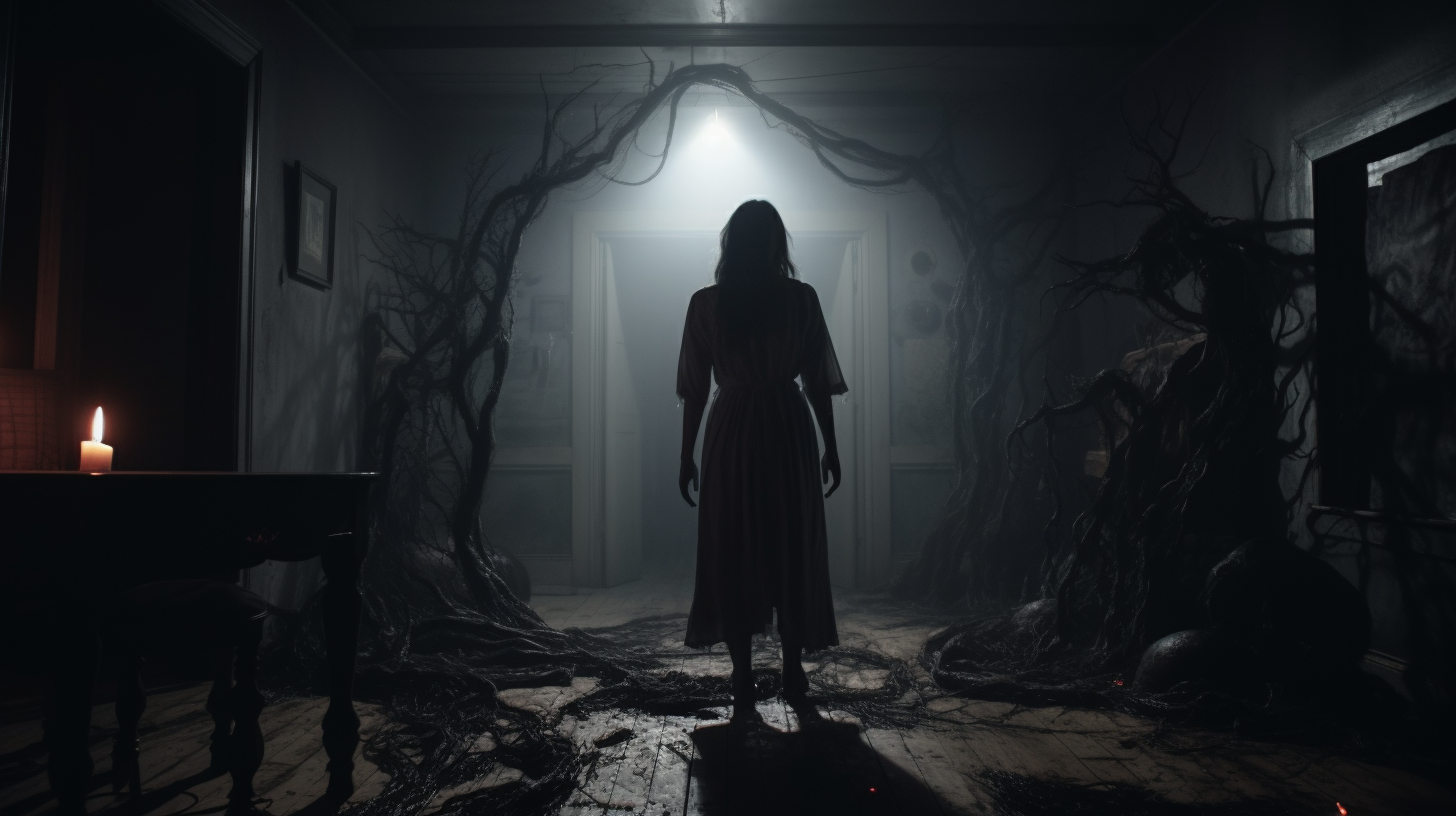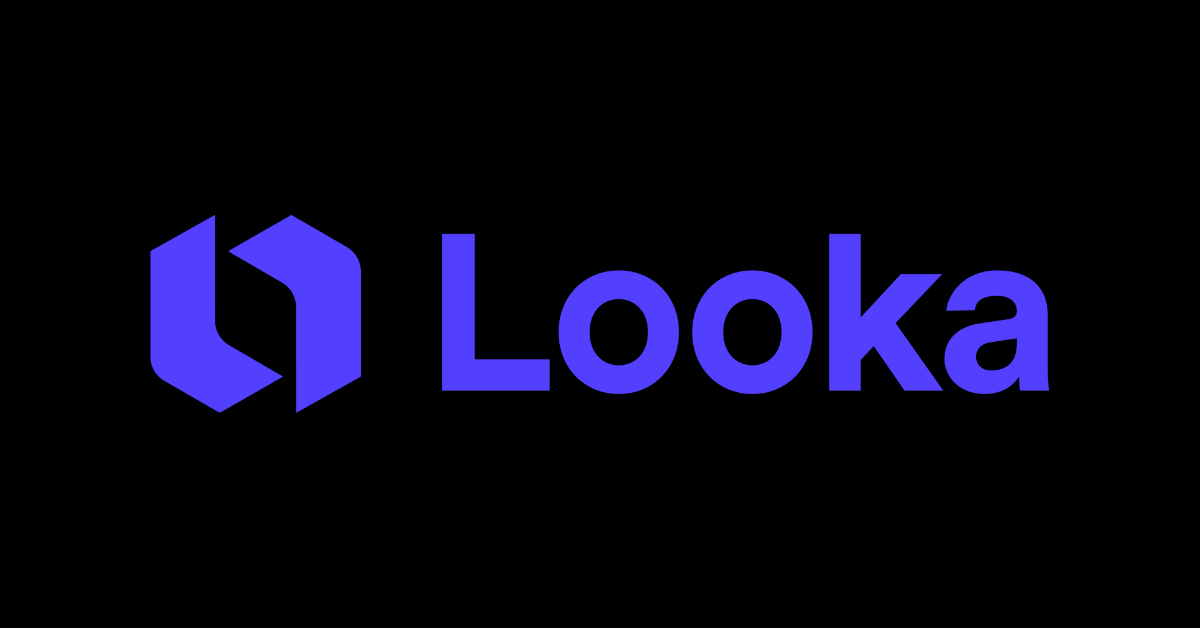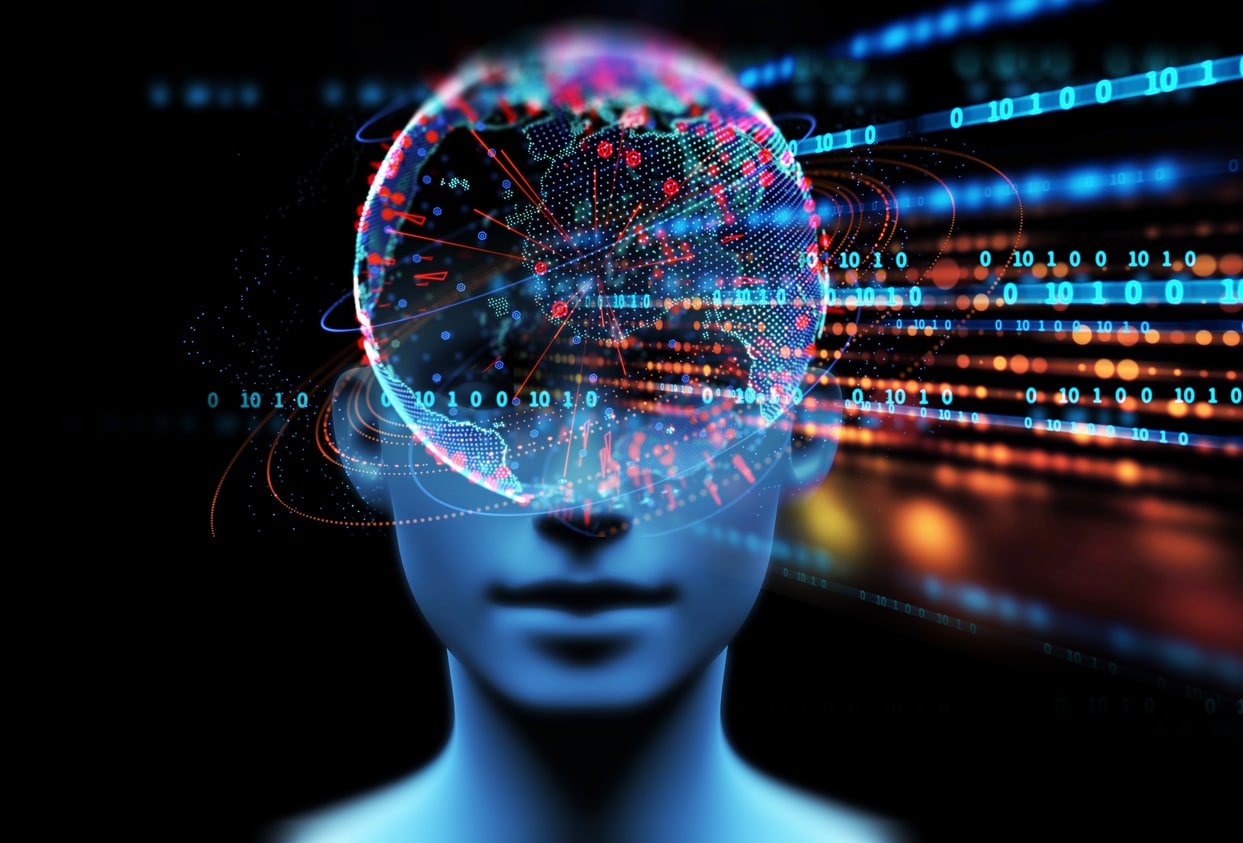Choosing the Right AI Model for Text-to-Image Synthesis: A Comparison of Stable Diffusion and DALL-E 2
In the swiftly evolving landscape of technology, artificial intelligence (AI) is leading the charge in unprecedented advancements. Among its diverse applications, text-to-image synthesis has emerged as a focal point, unlocking new realms of possibilities, especially in creative fields. Two standout AI models in this domain are Stable Diffusion and DALL-E 2. This article delves into an exploration of these models, scrutinizing their capabilities, and guiding readers on the crucial factors to consider when choosing between them. Whether you’re a creative professional, a researcher, or simply curious about the potential of AI-generated images, this comprehensive comparison aims to empower you with the knowledge needed to make an informed decision.
Stable Diffusion and DALL-E 2: Unveiling the Models
Stable Diffusion
Stable Diffusion, an open-source project funded by Stability AI and Runway, builds upon the research paper titled “High-Resolution Image Synthesis with Latent Diffusion Models.” Trained on the LEON 5B database, the largest open-sourced image-text database boasting 5.85 billion clip-filtered image-text pairs, Stable Diffusion stands out as one of the lightest text-to-image synthesis models. Its efficiency is highlighted by the requirement of just 5 GB of RAM, producing results in approximately 3 seconds – a stark contrast to DALL-E 2’s potential challenges in running on a consumer’s GPU.

DALL-E 2
Developed by OpenAI, DALL-E 2 has gained significant attention for its remarkable text-to-image synthesis capabilities. Despite its closed-source nature and limited insights into its development, DALL-E 2 employs CLIP and diffusion, trained on a dataset that includes around 250 million images. While impressive, its potential GPU demands may present accessibility challenges for some users.

A Comparative Analysis of Results
Comparing the outcomes of Stable Diffusion and DALL-E 2 requires a nuanced understanding. Both models encompass multiple variations, and their performance can vary based on the specifics of the prompt text. Notably, DALL-E 2 outshines Stable Diffusion in hyper-specific details and singular prompts, albeit struggling with accuracy in counting.

Conversely, Stable Diffusion demonstrates a unique creative flair. Despite occasional inconsistency attributed to the vast diversity in its unsensor dataset and model, this variability is a selling point in itself.
Additional Functionalities: Exploring Beyond Basic Generations
Beyond the fundamental text-to-image generation, both models offer additional functionalities. The open-source nature of Stable Diffusion facilitates intriguing implementations such as a collage tool and an upcoming text-to-video editing tool on Runway’s editing app. The potential applications with Stable Diffusion seem limitless.

On the other hand, DALL-E 2’s closed-source limitations result in relatively restricted functionalities. However, it excels in tasks like generating image variations and in-painting with high image coherence. Noteworthy functionalities include the popular crop function, enabling creative video manipulations like zooming in, zooming out, or panning.
Making the Decision: Stable Diffusion vs. DALL-E 2
Choosing between Stable Diffusion and DALL-E 2 hinges on your specific needs and preferences. For those valuing consistency, control, and innovative implementations, Stable Diffusion is an excellent choice. On the flip side, DALL-E 2 caters to those prioritizing creativity and flexibility, showcasing unparalleled imaginative capabilities.

Whether you seek a tool for high-quality images with a specific style or desire unique and imaginative creations, the decision rests on your use case. Experimenting with both models is the most effective way to determine which aligns with your needs and preferences.
Conclusion
In concluding our exploration of Stable Diffusion and DALL-E 2, it’s evident that these AI models present distinct advantages tailored to different needs. Stable Diffusion impresses with accessibility, speed, and adaptability for innovative implementations. In contrast, DALL-E 2 excels with unparalleled creativity and the ability to bring imaginative concepts to life. Your choice between these models ultimately boils down to your specific requirements and objectives. Whether you seek consistency and control or prioritize artistic freedom and innovation, both models offer strengths waiting to be harnessed. As AI advances, the possibilities in text-to-image synthesis expand, empowering creators and researchers to push the boundaries of what is possible in the world of artificial intelligence.



